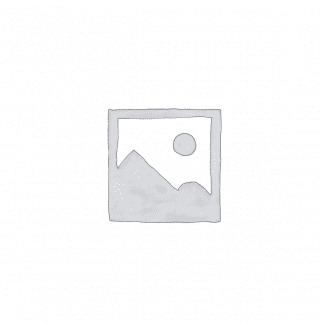ABSTRACT
The soils of the Abakaliki area are low in fertility. The soils have been noted to be acidic, low in organic matter status, caption exchange capacity and other essential nutrients, (Emoezor et al., 1988, Asadu and Akamigbo, 1990, Nnabude and Mbagwu 1999 and Ogbodo and Nnabude, 2004). The use of organic amendments could be a viable means of improving the productivity of the soils. Recycling of crop residue has demonstrated to be one of the ways of improving soil nutrient content and maintaining soil productivity (Kang and Juo 1986, Iwuafor et al., 1991, Salim, 1991 and Mbagwu et al., 1994). Large quantities of rice straw and husk are produced in Abakaliki annually. These materials are either burnt or removed for various domestic uses. Various species of leguminous plants also grow wildly in the vegetation, which are usually slashed and removed before traditional tillage operations. These crop residues are major sources of nutrients, and have the potentials for improving soil conditions. Rice production is the main cropping operation in Abakaliki Area of Ebonyi State Nigeria. The crops are posed with the protein of realizing productivity owing to the soil fertility problems. Determining appropriate crop residue management practices that could lead to improved and sustainable rice crop yields in Abakaliki area could be a welcome agricultural technology.
DOWNLOAD COMPLETE WORK- For Reference Only: Materials are for research, citation, and idea generation purposes and not for submission as your original final year project work.
- Avoid Plagiarism: Do not copy or submit this content as your own project. Doing so may result in academic consequences.
- Use as a Framework: This complete project research material should guide the development of your own final year project work.
- Academic Access: This platform is designed to reduce the stress of visiting school libraries by providing easy access to research materials.
- Institutional Support: Tertiary institutions encourage the review of previous academic works such as journals and theses.
- Open Education: The site is maintained through paid subscriptions to continue offering open access educational resources.



